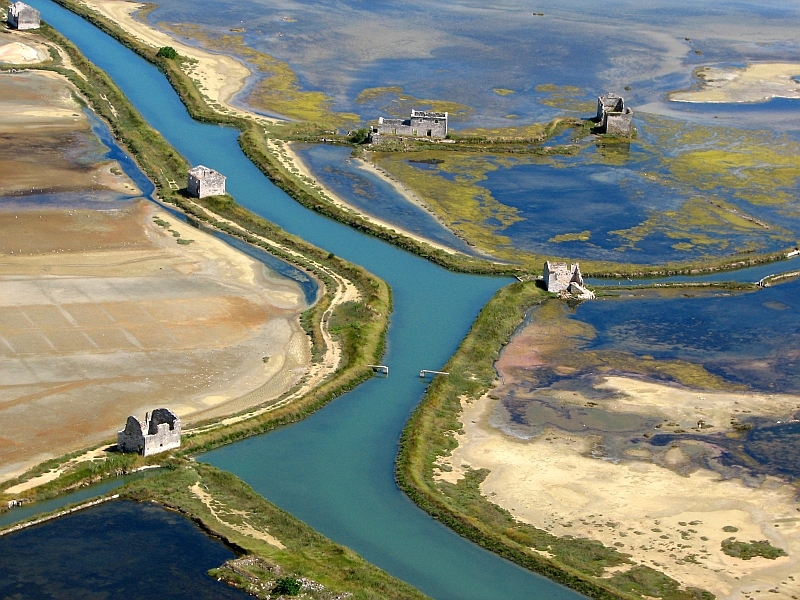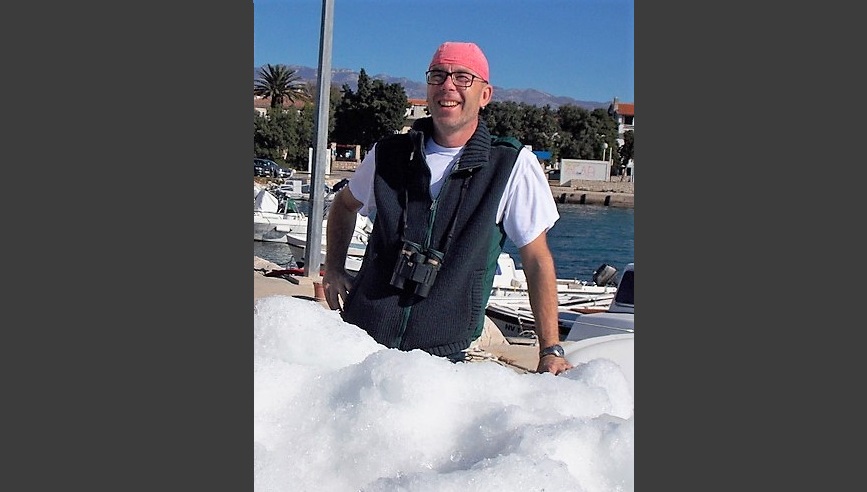The importance of the Natura 2000 Network: An interview with protect areas expert Andrej Sovinc
This is the fourth in a series of interviews with Natura 2000 experts as part of the LIFE Green List for N2K project. In this interview, Andrej Sovinc, the Slovenian IUCN World Commission on Protected Areas (WCPA) Regional Vice-Chair Europe, shares the need to ensure effective management of existing protected areas and how the Green List Sustainability Standard can positively help to reach this goal.
Passionate about nature since his childhood, Andrej Sovinc spent all his free time bird-watching. He seeked to understand and identify how birds interact in their environment with both nature and people. His interest in protected areas grew at a very young age, while he was following the local extinction of some bird species. At only 15 years of age, he became involved in the process of designating the wetland protected area near the city of Ljubljana. Following this, and having pursued civil engineering studies, Andrej focused his early career on wetland restoration. He then had the opportunity to manage the Salina Nature Park in Slovenia before starting to work as a consultant. Since then, and for more than 25 years, he has been contributing voluntarily to the work of the IUCN and more particularily of the World Commission on Protected Areas (WCPA).
His long-term experience leads Andrej to believe that the overpopulated European territory faces quite a few challenges in terms of managing protected areas. First and foremost, he considers that ensuring the effective management of existing protected areas is as important as creating new ones. The coordination of a wide range of governance types across sites in Europe, namely co-managed, private and community managed sites, is therefore another challenge in itself. However, a favourable outcome for protected areas will only be achieved if sufficient efforts are dedicated to the purpose of maintaining and enhancing public interest towards the importance of biodiversity and ensuring the cooperation of other public policy sectors.
Andrej has himself managed a Natura 2000 site for 15 years. He believes that one of the strengths of this European network of legally protected areas lies in the fact that it was established at the European level, rather than the national level. As Andrej explained, this should ensure better implementation as “Member States often easily comply better with European legislation than with national legislation”. However, it is still the case that only well-managed and interconnected sites will deliver the objectives of the Natura 2000 network. In his view, the agricultural landscapes of Europe pose the most important challenge in this regard: “If we want to, for example, protect highly endangered grassland species, the most important Natura 2000 meadows and pastures for the species will have to be managed with conservation objectives as a priority, rather than economic objectives.”
He was first introduced to the idea of developing a global standard for well-managed protected areas when he was chairing the European part of the IUCN WCPA network. He feels the development of a global standard such as the IUCN Green List and the idea of celebrating “success” stories needs to be supported.
According to Andrej, having built in such a short time the Natura 2000 network, which is essential for biodiversity, is one of the main achievements of the European Union. However, Andrej explains that “while the first years after the adoption of the Birds Directive, and especially the Habitats Directive, were mainly focused on securing sufficient extent of land and sea into coherent European networks and learning how to manage those sites, now the time has come to monitor and enhance the management effectiveness of these Natura 2000 sites”. Hence, the IUCN Green List will both truly recognize the well-managed Natura sites for their conservation efforts and provide guidance for other areas that need to strengthen and improve their management, in order to achieve their conservation objectives. Furthermore, he anticipates that the IUCN Green List will “become a “brand”” from which Natura 2000 sites will benefit as a promotional tool.
When asked about his favourite Natura 2000 site, Andrej suggested the Secovlje Salina, the traditional salt-pans area of his home country along the northeastern shore of the Adriatic Sea. He emphasizes that the success of this site dwells in the “co-existence of man and nature”. He describes: “When you are walking through the Salina, you sometimes have the feeling that the time has stopped here, but all of a sudden, you see salters producing salt and Little Egrets and Black-winged Stilts are feeding just in the basins next to the salters”.
There is a Slovenian site currently participating in the testing phase of the Green List for Natura 2000 project – the Notranjska Regional Park (Cerkniško jezero).
More information about the 'Green List for Natura 2000' project can be found here. If you are interested in learning more about the project you can also contact catarina.ferreira@iucn.org


